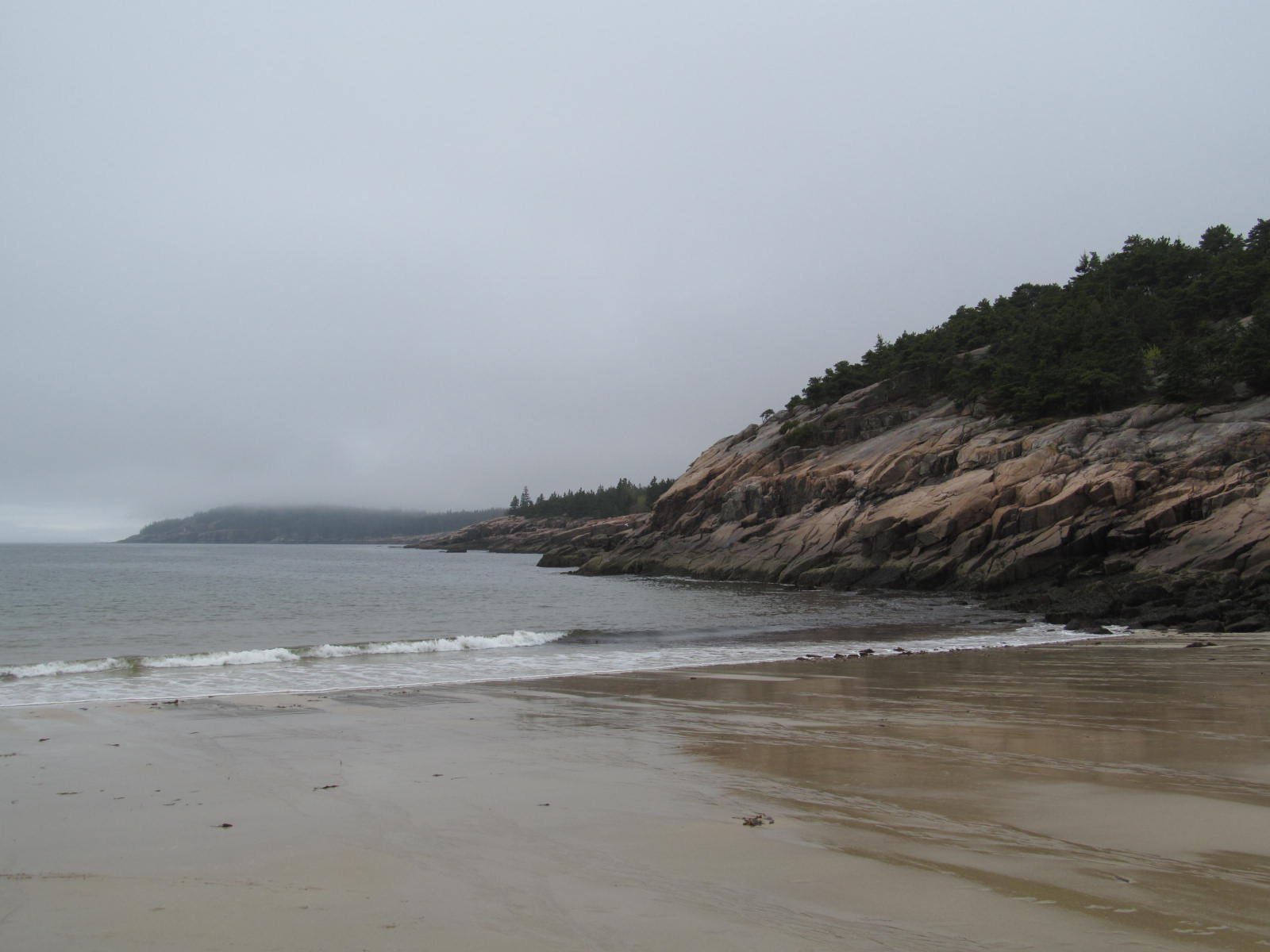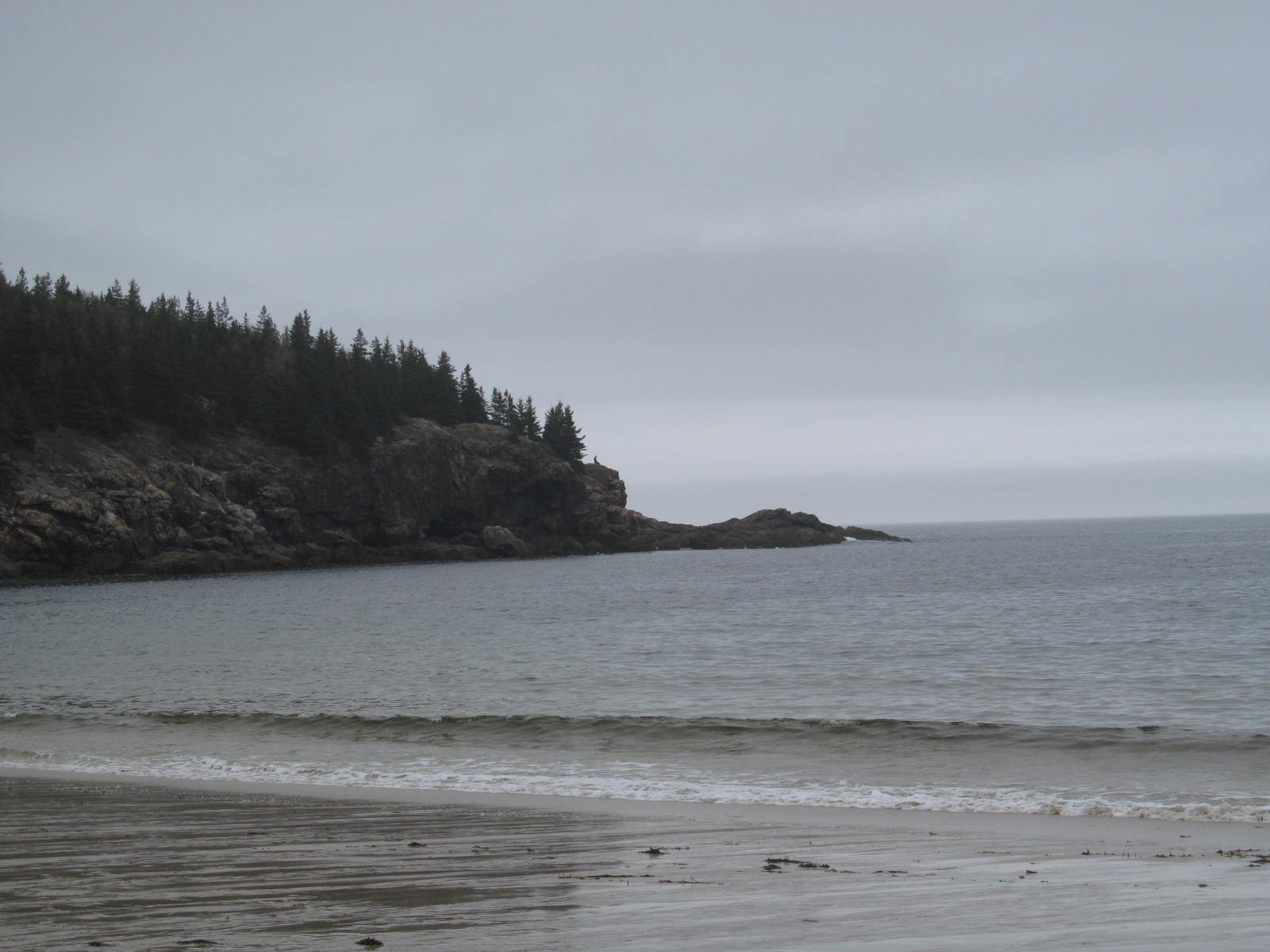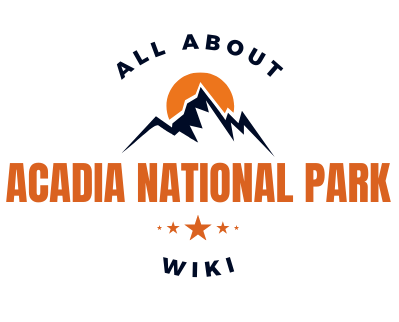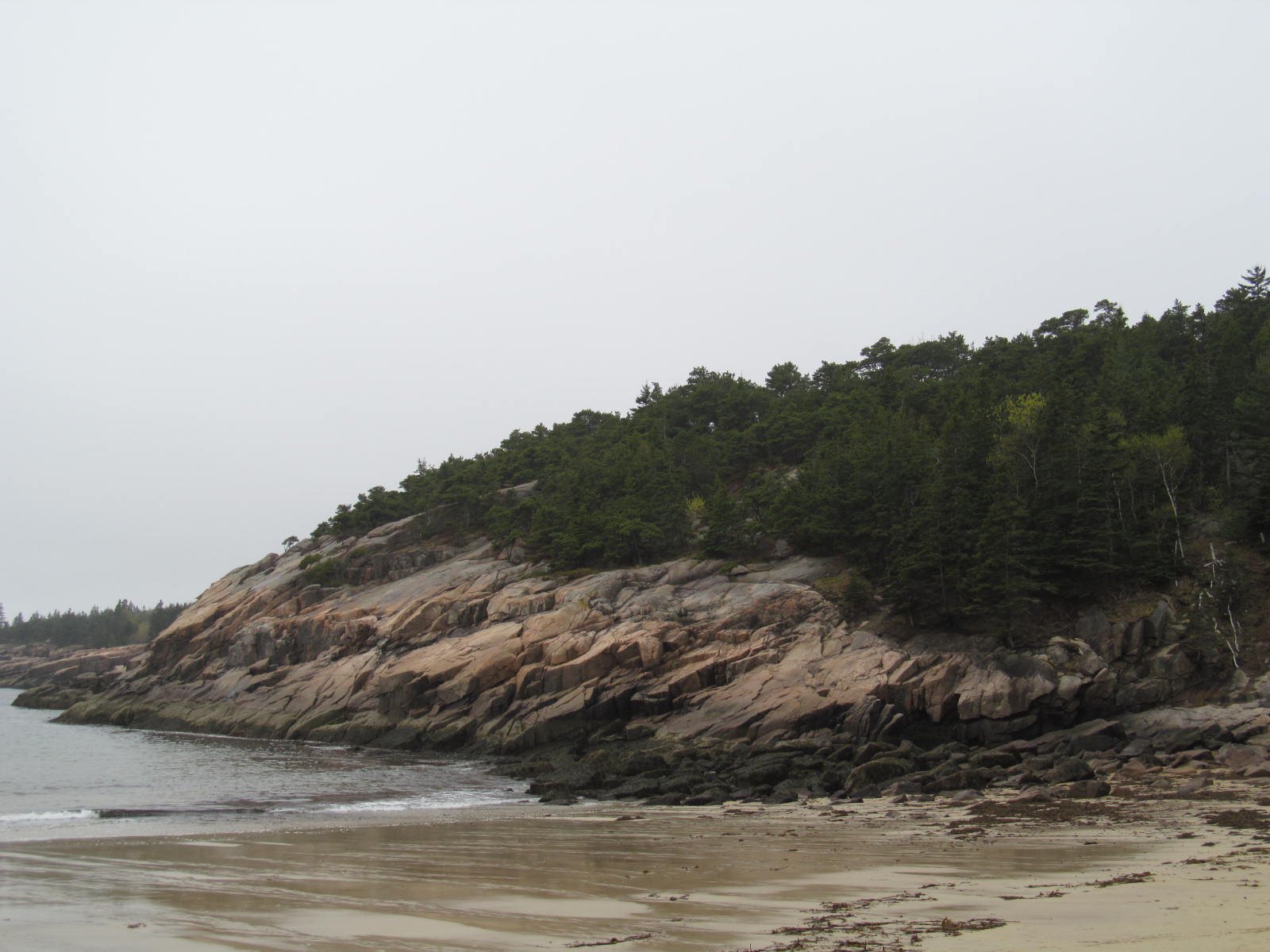Acadia National Park, while not home to puffin colonies within its mainland boundaries, serves as a gateway to nearby islands renowned for puffin viewing. These charismatic seabirds nest on offshore islands from May to August, with peak viewing opportunities in June and July. Conservation efforts, particularly Project Puffin, have successfully reestablished puffin populations in Maine. Visitors can observe puffins through guided boat tours departing from coastal towns near Acadia.
Where Can You See Puffins Near Acadia National Park?

While Acadia National Park itself doesn’t host puffin colonies, several nearby islands offer excellent puffin viewing opportunities:
-
Eastern Egg Rock: Located about six miles off the Maine coast, this island is a prime spot for puffin observation. Boat tours depart from Boothbay Harbor and New Harbor.
-
Petit Manan Island: Situated off the downeast coast, this island features the Petit Manan Lighthouse, a key location for puffin and seabird watching. Tours often leave from Bar Harbor.
-
Seal Island: Another important puffin nesting site accessible via boat tours.
-
Matinicus Rock: This island also hosts a significant puffin colony.
How Can You Access Puffin Viewing Areas?

Access to puffin colonies is primarily through guided boat tours:
- Tour Operators: Companies like Cap’n Fish, Hardy Boat, and Acadian Boat Tours offer narrated cruises to puffin islands.
- Departure Points: Tours typically leave from coastal towns such as Bar Harbor, Boothbay Harbor, and New Harbor.
- Landing Restrictions: Most islands, including Eastern Egg Rock, do not allow visitors to land. Puffins are observed from the boat.
- Exception: Machias Seal Island permits a limited number of visitors to land and observe puffins from blinds.
What is the Nesting Behavior of Puffins?
Puffins exhibit fascinating nesting behaviors:
- Nesting Sites: They prefer rocky offshore islands with suitable soil for burrowing.
- Burrow Creation: Puffins dig burrows in the ground or use existing crevices for nesting.
- Egg Laying: Typically, a single egg is laid per breeding season.
- Incubation Period: Both parents take turns incubating the egg for about 39-43 days.
- Chick Rearing: After hatching, chicks (known as pufflings) stay in the burrow for 38-44 days before fledging.
When is the Best Time to See Puffins?
To maximize your chances of puffin sightings:
- Best Months: May through August, with June and July being peak months
- Daily Timing: Tours typically run during daylight hours
- Weather Considerations: Clear, calm days offer the best viewing conditions
- Seasonal Note: Puffins begin leaving the islands by mid-August
| Month | Puffin Activity |
|---|---|
| May | Arrival and nest preparation |
| June | Peak nesting activity |
| July | Chick rearing, frequent fish carrying |
| August | Fledging and departure |
What Conservation Efforts Protect Puffins?
Several initiatives work to protect and restore puffin populations:
- Project Puffin:
- Established by the National Audubon Society in 1973
- Goal: Reestablish puffin colonies in Maine
- Methods: Relocating puffin chicks, habitat restoration
-
Success: Over 1,300 mating pairs established as of 2023
-
Habitat Protection:
- Designation of nesting islands as wildlife sanctuaries
-
Restricted access to protect breeding colonies
-
Research and Monitoring:
- Ongoing studies of puffin behavior and population trends
-
Use of remote cameras and GPS tracking to gather data
-
Public Education:
- Guided tours raise awareness about puffin conservation
- Educational programs in schools and communities
How Do Puffins Contribute to the Ecosystem?
Puffins play crucial roles in their marine ecosystems:
- Indicator Species: Their presence and breeding success reflect overall ocean health
- Nutrient Cycling: Puffin droppings enrich island soil, supporting plant growth
- Food Web: They are both predators (of small fish) and prey (for larger seabirds and marine mammals)
- Tourism: Puffin viewing contributes to local economies and raises conservation awareness
What Challenges Do Puffins Face?
Despite conservation successes, puffins still face several threats:
- Climate Change:
- Rising sea temperatures affect fish populations, impacting puffin food sources
-
Increased storm frequency can damage nesting sites
-
Overfishing:
-
Depletion of small fish stocks reduces puffin food availability
-
Pollution:
-
Oil spills and plastic pollution can harm puffins directly and indirectly
-
Predation:
- Gulls and other predators can impact puffin breeding success
How Can Visitors Help Protect Puffins?
Visitors to Acadia and puffin viewing areas can contribute to conservation:
- Choose responsible tour operators that follow wildlife viewing guidelines
- Keep a respectful distance from puffins and their nesting sites
- Support conservation organizations like Project Puffin through donations or volunteering
- Reduce plastic use and properly dispose of waste to prevent marine pollution
- Educate others about puffin conservation and the importance of marine ecosystems
By following these guidelines and supporting conservation efforts, visitors can help ensure that puffins continue to thrive in the waters near Acadia National Park for generations to come.
References:
1. MAINE BIRDING TRAIL – Puffins
2. Grey Havens – Where to See Puffins in Maine
3. Acadian Boat Tours – Puffins, Lighthouses, & Seabirds Cruise

